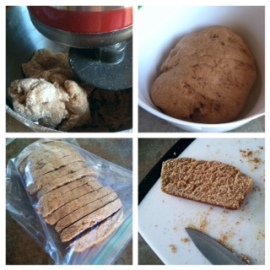I have had spring rolls on my list for some time. I had imagined that the process was rather difficult; however, the difficulties were half the fun. By roll ten, the spring rolls begin to take proper form. The recipe causes a sticky situation with a blast of fresh flavors. From crunch to crisp, there is an abundant of reasons to try these spring rolls at the next gathering.
Daikon, mooli, or white radish is a mild-flavored, large, white East Asian radish with a wide variety of culinary uses. Despite often being associated with Japan, it was originally cultivated in continental Asia. In Japanese cuisine, many types of pickles are made with daikon, including takuan and bettarazuke. Daikon is also frequently used grated and mixed into ponzu–a soy sauce and citrus juice condiment. Simmered dishes such as oden are popular. Daikon is very low in food energy. A 100-gram serving contains only 18 Calories, but it provides 27 percent of the RDA for vitamin C.
Here are some tips to keep in mind:
- Rice paper rolls can be found in the Asian department of your supermarket. Ask for help if you can’t find them; they are essential to the whole process.
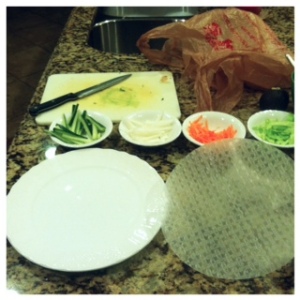
- The carrots, cabbage, cucumber and daikon provide a nice crunch and refreshing taste to the rolls.
- Tofu can be used for vegan or vegetarian rolls and chicken can be used for more protein packed rolls.
- I nixed the green onion just because I did not have it on hand.
- The mint leaves and basil would provide freshness to your palate.
- The peanut butter will stay clumping in the dipping sauce no matter how fast or much you whisk.
- I made the mistake of microwaving my peanut butter and it made the
sauce seize. - Make the sauce ahead of time allowing the flavors to combine.
- Use coconut aminos for a Paleo or gluten free diet.
- Wetting the rice paper is essential. It makes the paper flexible, but be careful because it becomes sticky.
- Add an equal amount of each ingredient. I suggest adding more filling than you anticipate because an equal volume of rice paper to filling makes a tasty dish.
- Trial and error are the staple way to make a spring roll. My first few rolls were
rather wonky. - Do not be afraid of stretching the rice paper; it will not break.
- Fold the spring rolls burrito style–tucking in the sides to keep the filling from falling out.
- These rolls need to be eaten immediately. They will be sticky so keep napkins handy.
- I had plenty of rice paper left over to make these spring rolls again and again. Keep them sealed and dry for use later.
Now, a taste or Asian cuisine can be enjoyed at home. These tasty spring rolls provide a new twist on appetizers for friends and family. I love the refreshing crunch and vegetable loaded bites. Enjoy the dipping sauce in full force; enjoy the crisp flavors; enjoy a spring in your step and roll.
Leave a comment with your favorite Asian dishes. Follow my Pinterest. Check back again next Wednesday for more tips and tricks from The Cooking Bug.

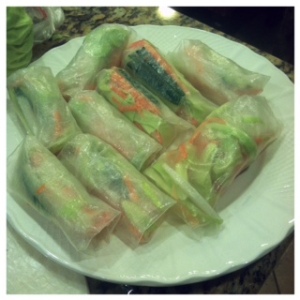
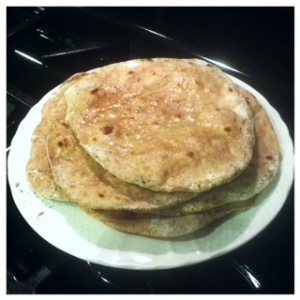
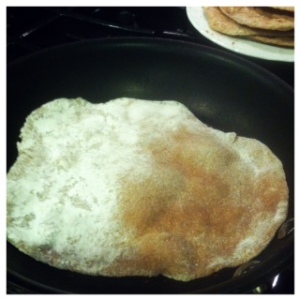
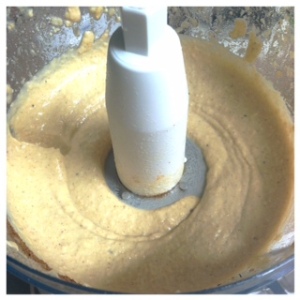
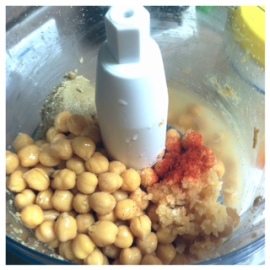 Again, hummus makes the perfect party platter or side at lunch. Pair hummus with chips and crackers or add to a wrap for an extra umph. There are several variations of hummus to keep your stomach happy. Experiment to find your favorite recipes after trying the garam
Again, hummus makes the perfect party platter or side at lunch. Pair hummus with chips and crackers or add to a wrap for an extra umph. There are several variations of hummus to keep your stomach happy. Experiment to find your favorite recipes after trying the garam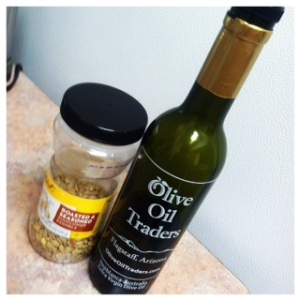
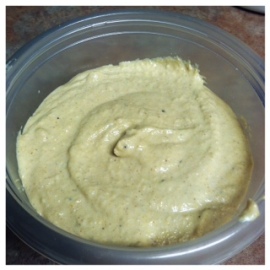 Tahini possesses the ability to transform many ordinary dishes into extraordinary meals. It works for dressings; it works for dips; it works for flavor. The nutritional information of homemade tahini is leaps and bounds above store bought fakers. Who knew simple ingredients and a simple process could make such a flavorful additive to my Middle Eastern cuisines? I do, and now, you do too!
Tahini possesses the ability to transform many ordinary dishes into extraordinary meals. It works for dressings; it works for dips; it works for flavor. The nutritional information of homemade tahini is leaps and bounds above store bought fakers. Who knew simple ingredients and a simple process could make such a flavorful additive to my Middle Eastern cuisines? I do, and now, you do too!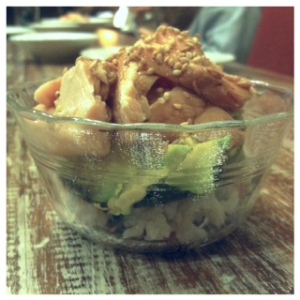
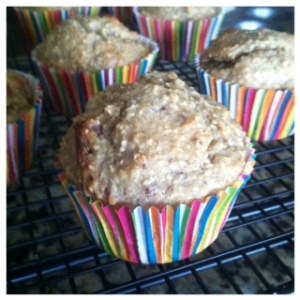
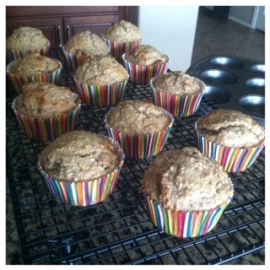
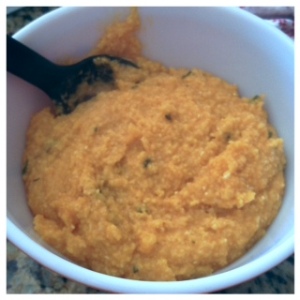
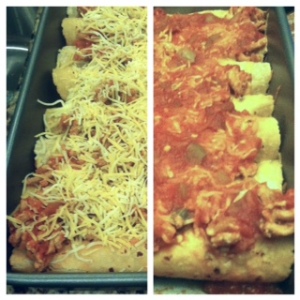
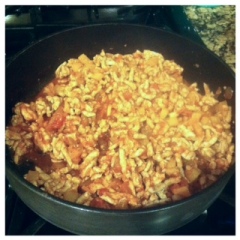 Ven a probar esta receta! While most Spanish food is a great balance of nutrient rich tomatoes and ingredients, they can be high in calories. However, these beef enchiladas are only 330 calories per serving. You can lessen the carbohydrate intake by using a one semi-larger tortilla and more filling. Try a variety of fillings and combinations to satisfy your family’s growling stomach. With only a few ingredients and 20 minutes, you create a Spanish fiesta.
Ven a probar esta receta! While most Spanish food is a great balance of nutrient rich tomatoes and ingredients, they can be high in calories. However, these beef enchiladas are only 330 calories per serving. You can lessen the carbohydrate intake by using a one semi-larger tortilla and more filling. Try a variety of fillings and combinations to satisfy your family’s growling stomach. With only a few ingredients and 20 minutes, you create a Spanish fiesta.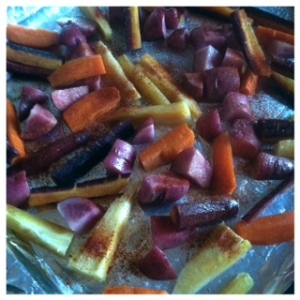
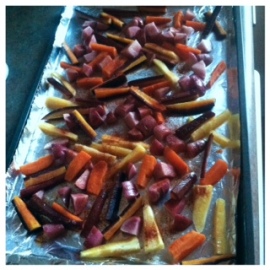 These paprika spiced vegetables won’t stay on the table for long. Spices are a great way to mask the taste of vegetables and provide them with flavor. It mixes up the monotony of the daily vegetables. Check your local farmer’s market or grocery store for your favorite vegetable and try a hand with your own spice mixture.
These paprika spiced vegetables won’t stay on the table for long. Spices are a great way to mask the taste of vegetables and provide them with flavor. It mixes up the monotony of the daily vegetables. Check your local farmer’s market or grocery store for your favorite vegetable and try a hand with your own spice mixture.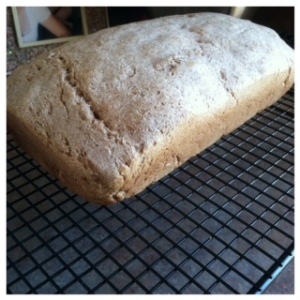
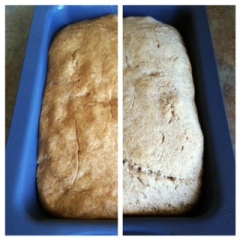 After baking, there is nothing better than eating a warm piece of freshly baked bread as a sandwich, side dish or peanut butter lathered snack. Using whole-wheat flour can increase the health benefits such as dietary fiber leaning towards less weight gain. If you are like me, insulin resistant, whole-wheat grains can help reverse the cycle along with other necessary precautions. The high fiber and low glycemic index of whole wheat grains allows for a well balanced diet when reaching for those carbohydrate filled breads.
After baking, there is nothing better than eating a warm piece of freshly baked bread as a sandwich, side dish or peanut butter lathered snack. Using whole-wheat flour can increase the health benefits such as dietary fiber leaning towards less weight gain. If you are like me, insulin resistant, whole-wheat grains can help reverse the cycle along with other necessary precautions. The high fiber and low glycemic index of whole wheat grains allows for a well balanced diet when reaching for those carbohydrate filled breads.